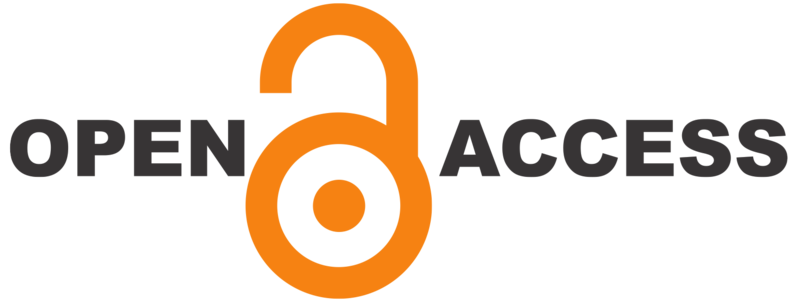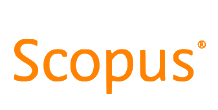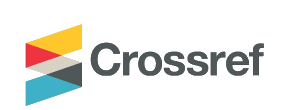Using eportfolio to address professional standards in a teacher education programme: The student voice
DOI:
https://doi.org/10.21153/jtlge2012vol3no1art555Keywords:
Mahara, eportfolios, graduating standards, qualitative research, student voiceAbstract
Electronic portfolios (eportfolios) are presented in the literature as a technological tool with significant potential for professional application. In New Zealand the introduction of eportfolios is a recent innovation, and not much is known about the ways in which learners view this technology or the ways in which it might support their learning and development, particularly against professional standards. This paper reports on findings from a research project conducted in 2010 with a group of Bachelor of Education (Primary) students at a New Zealand university. The research project sought student perspectives of their learning through eportfolios and around Graduating Standards. Three main findings are discussed: firstly authentic assessment related to Graduating Standards provides reassuring evidence to pre-service student teachers of their growth and development towards beginning teacher status. Secondly, eportfolio activities can support a range of thinking skills linked to standards-achievement. Thirdly, eportfolios and Graduating Standards are perceived by pre-service students to have value for employability. The argument is made that deep learning through standards-based assessment is possible when eportfolios are conceptualized as both product and process. We make recommendations regarding eportfolio use for standards-based assessment which include developing authentic learning activities; supporting student-centred eportfolio pedagogy; and the articulation of deep learning outcomes.
Metrics
References
Barrett, H. (2005). The REFLECT Initiative: White Paper. Researching electronic portfolios and learner engagement. Retrieved from http://electronicportfolios.com/portfolios.html
Barrett, H. & Wilkerson, J. (2004). Conflicting paradigms in electronic portfolio approaches. Retrieved from http://electronicportfolios.com/systems/paradigms.html
Blackburn, J. & Hakel, M. (2006). Enhancing self-regulation and goal orientation with eportfolios. In A. Jafari & C. Kaufman (Eds.), Handbook of research on eportfolios, (pp. 83-89). Hershey, PA: Idea Group Reference.
Darling, L. (2001). Portfolio as practice: The narratives of emerging teachers. Teacher and Teacher Education, 17(1), 107-121.
Denzin, N., & Lincoln, Y. (2000). The discipline and practice of qualitative research. In N. Denzin & Y. Lincoln (Eds.), Handbook of Qualitative Research (2nd ed.). Thousand Oaks, CA: Sage Publications.
Gathercoal, P., Crowe, J., Karayan, S., McCambridge, T., Maliksi, S., Love, D., & McKean, G. (2007). Webfolios: Authentic of state and accreditation standards. In T. Townsend & R. Bate (Eds.), Handbook of Teacher Education, (pp. 641-656). Netherlands: Springer.
Gerbic, P., Lewis, L., & Northover, M. (2009). Student perspectives of eportfolios: A longitudinal study of growth and development. In R. Atkinson & C. McBeath (Eds.), Same Places, Different Spaces, Proceedings of the 26th Annual Ascilite Conference, 2009. Auckland, New Zealand. Retrieved from: http://www.ascilite.org.au/conferences/auckland09/procs/gerbic.pdf
Hallam, G. & Creagh, T. (2010). Eportfolio use by university students in Australia: A review of the Australian Eportfolio Project. Higher Education Research and Development, 29(2), 179-193.
JISC (2008). Effective practice with eportfolios. Retrieved from: www.jisc.ac.uk/publications/publications/effectivepracticeportfolios.aspx.
Joyes,G., Grey,L., & Hartnell-Young, E. (2010). Effective practice with eportfolios: How can the UK experience inform implementation? Australasian Journal of Educational Technology, 26(1), 15-27.
Kardos, R.L., Cook, J.M., Butson, R.J., & Kardos, T.B. (2009). The development of an eportfolio for life-long reflective learning and auditable professional certification. European Journal of Dental Education. 13, 135-141.
Lin, Q. (2008). Preservice teachers‟ learning experiences of constructing e-portfolios online. Internet and Higher Education, 11(3-4), 194-200.
Lincoln, Y., & Guba, E. (1985). Naturalistic Inquiry. Newbury Park: Sage Publications.
Lopez-Fernandez, O. & Rodriguez-Illera, J. (2009). Investigating university students‟ adaptation to a digital learner course portfolio. Computers and Education, 52(3), 608-616.
Lyons, N. (1998). Reflection in teaching: Can it be developmental? A portfolio perspective. Teacher Education Quarterly,25(1),115-127.
Mason, R., Pegler, C., & Weller, M. (2004). Eportfolios: An assessment tool for online courses. British Journal of Educational Technology, 35(6), 717-727.
Milman, N. (2005). Web-based digital teaching portfolios: Fostering reflection and technology competence in preservice teacher education students. Journal of Technology and Teacher Education, 13(3), 373-396.
New Zealand Teachers Council. (2007). The Graduating Teacher Standards. Retrieved from: http://www.teacherscouncil.govt.nz/te/gts/
Pelliccione, L. & Dixon, K. (2008). ePortfolios: Beyond assessment to empowerment in the learning landscape. In Hello! Where are you in the landscape of educational technology? Proceedings of 25th Annual Ascilite Conference, Melbourne, Australia http://www.ascilite.org.au/conferences/melbourne08/procs/pelliccione.pdf
Ring, G. & Foti, S. (2006). Using eportfolios to facilitate professional development among pre-service teachers (pp. 340-355) in A. Jafari & C. Kaufman (Eds.), Handbook of research on eportfolios. Hershey, PA: Idea Group Reference.
Stephani, L., Mason,R., & Pegler, C. (2007). The educational potential of e-portfolios. London, United Kingdom: Routledge.
Strudler, N. & Wetzel, K. (2005). The diffusion of electronic portfolios in teacher education: Issues of initiation and implementation. International Journal of Technology and Design Education, 37(4), 422-433.
Wetzel, K., & Strudler, N. (2006). Costs and benefits of electronic portfolios in teacher education: Student voices. Journal of Computing in Teacher Education, 22(3), 69-78.
Willis, H., Gravestock, P., & Jenkins, M. (2006). Throwing a pebble into the pond: E-portfolios and student engagement. In Who‟s learning? Whose technology? Proceedings of 23rd Annual Ascilite Conference, Sydney, Australia. http://www.ascilite.org.au/conferences/sydney06/proceeding/pdf_papers/p68.pdf











